TLDR
n8n via an App service, using a Docker image, will lose community nodes every rebuild. We can “persist” these custom packages by using a Dockerfile as our App service context rather than the docker image itself.
There is other ways to achieve this, which I’ll touch on, but this is what I’ve implemented and therefore will share.
Update 05/27/23:
I’ve simplified my setup even further and need to share!
TLDR is the same as the previous update - Put the DockerFile and docker-entrypoint in the same directory as your docker-compose file, and swap the image property for build: .
Then run docker-compose down && docker-compose up --build -d.
Or if you want to have less down time, run docker-compose build to create the image, THEN do docker-compose down && docker-compose up --force-recreate -d - Source Docs
If you’re on Digital Ocean or similar, “Force rebuild and redeploy”.
Dockerfile: Note the -g - these nodes will not show in ‘community nodes’ but will work and show when searched for
1
2
FROM n8nio/n8n:latest
RUN npm install -g n8n-nodes-clickuplookup && npm install -g n8n-nodes-meilisearch
docker-entrypoint.sh: (Default one from n8n repo)
1
2
3
4
5
6
7
8
9
10
11
12
13
14
15
16
17
#!/bin/sh
if [ -d /root/.n8n ] ; then
chmod o+rx /root
chown -R node /root/.n8n
ln -s /root/.n8n /home/node/
fi
chown -R node /home/node
if [ "$#" -gt 0 ]; then
# Got started with arguments
exec su-exec node "$@"
else
# Got started without arguments
exec su-exec node n8n
fi
Update 04/30/23:
It occurred to me this morning that this post does not cover a simple docker-compose setup like I have in my homelab. I’ve added the docker-compose file I use to the expandable section just below this for those curious.
TLDR for that is - Put the DockerFile and docker-entrypoint in the same directory as your docker-compose file, and swap the image property for build: ..
Then run docker-compose down && docker-compose up --build -d.
Or if you want to have less down time, run docker-compose build to create the image, THEN do docker-compose down && docker-compose up --force-recreate -d - Source Docs
Copy my Docker-Compose setup from here
Private information is redacted of course.
Tree output of my docker-compose setup. The bak and exports folders are optional.
1
<summary>The docker-compose file</summary>
1
2
3
4
5
6
7
8
9
10
11
12
13
14
15
16
17
18
19
20
21
22
23
24
25
26
27
28
29
30
31
32
33
34
35
36
37
38
39
40
41
42
43
44
45
46
47
48
49
50
51
52
53
54
55
56
57
58
59
60
61
62
63
64
version: '3.8'
volumes:
db_storage:
n8n_storage:
services:
postgres:
image: postgres:11
restart: always
environment:
- POSTGRES_USER
- POSTGRES_PASSWORD
- POSTGRES_DB
- POSTGRES_NON_ROOT_USER
- POSTGRES_NON_ROOT_PASSWORD
ports:
- 3232:5432
volumes:
- db_storage:/var/lib/postgresql/data
- ./init-data.sh:/docker-entrypoint-initdb.d/init-data.sh
healthcheck:
test: ["CMD-SHELL", "pg_isready -h localhost -U ${POSTGRES_USER} -d ${POSTGRES_DB}"]
interval: 5s
timeout: 15s
retries: 15
n8n:
build: .
restart: always
environment:
- DB_TYPE=postgresdb
- DB_POSTGRESDB_HOST=postgres
- DB_POSTGRESDB_PORT=5432
- DB_POSTGRESDB_DATABASE=${POSTGRES_DB}
- DB_POSTGRESDB_USER=${POSTGRES_NON_ROOT_USER}
- DB_POSTGRESDB_PASSWORD=${POSTGRES_NON_ROOT_PASSWORD}
- N8N_BASIC_AUTH_ACTIVE=false
- N8N_BASIC_AUTH_USER
- N8N_BASIC_AUTH_PASSWORD
- N8N_HOST=${SUBDOMAIN}.${DOMAIN_NAME}
- N8N_PROTOCOL=https
- NODE_ENV=production
- WEBHOOK_URL=https://${SUBDOMAIN}.${DOMAIN_NAME}/
- GENERIC_TIMEZONE=${GENERIC_TIMEZONE}
- N8N_EMAIL_MODE=smtp
- N8N_SMTP_HOST=smtp.gmail.com
- N8N_SMTP_PORT=465
- N8N_SMTP_USER=asdf@gmail.com
- N8N_SMTP_PASS=asdfasdfasdfasdf
- N8N_SMTP_SENDER=asdf@gmail.com
- EXECUTIONS_DATA_PRUNE=false
- N8N_PAYLOAD_SIZE_MAX=1024
ports:
- 5688:5678
links:
- postgres
volumes:
- n8n_storage:/home/node/
command: /bin/sh -c "n8n start"
depends_on:
postgres:
condition: service_healthy
1
<summary>The .env file</summary>
1
2
3
4
5
6
7
8
9
10
11
12
13
14
15
16
17
18
19
20
21
POSTGRES_USER=root
POSTGRES_PASSWORD=SuperSecretSecret
POSTGRES_DB=n8n01
POSTGRES_NON_ROOT_USER=db
POSTGRES_NON_ROOT_PASSWORD=db
N8N_BASIC_AUTH_USER=tehUser
N8N_BASIC_AUTH_PASSWORD=yodawgiheardyoulikesecrets
# The top level domain to serve from
DOMAIN_NAME=somethingsomething.com
# The subdomain to serve from
SUBDOMAIN=n8n
# Optional timezone to set which gets used by Cron-Node by default
# If not set New York time will be used
GENERIC_TIMEZONE=America/New_York
# The email address to use for the SSL certificate creation
SSL_EMAIL=mahemail@gmail.com
The Dockerfile and docker-entrypoint.sh are identical to below
Copy the current App Spec from here
Private information is redacted of course.
Like many hosts, you can do your infra “as code”. You could almost copy paste this 1:1 into a new app on Digital Ocean and be done.
This is much more than necessary though- the key bits are at the bottom. The github key, the source_dir, and the dockerfile_path are all that’s needed to be honest.
See granular docs here: Digital Ocean App spec docs
1
2
3
4
5
6
7
8
9
10
11
12
13
14
15
16
17
18
19
20
21
22
23
24
25
26
27
28
29
30
31
32
33
34
35
36
37
38
39
40
41
42
43
44
45
46
47
48
49
50
51
52
53
54
55
56
57
58
59
60
61
62
63
64
65
66
67
68
69
70
71
72
73
74
75
76
77
78
79
80
81
82
83
84
85
86
87
88
89
90
91
92
93
94
95
96
97
98
99
100
databases:
- engine: PG
name: db
num_nodes: 1
size: basic-xs
version: "12"
envs:
- key: N8N_BASIC_AUTH_ACTIVE
scope: RUN_AND_BUILD_TIME
value: "false"
- key: N8N_PORT
scope: RUN_AND_BUILD_TIME
value: "5678"
- key: EXECUTIONS_PROCESS
scope: RUN_AND_BUILD_TIME
value: main
- key: N8N_SKIP_WEBHOOK_DEREGISTRATION_SHUTDOWN
scope: RUN_AND_BUILD_TIME
value: "True"
name: my-super-special-app
region: nyc
services:
- cors:
allow_headers:
- '*'
allow_methods:
- GET
- HEAD
- POST
- DELETE
- PATCH
- PUT
- CONNECT
- OPTIONS
- TRACE
allow_origins:
- prefix: https://ondigitalocean.app
- prefix: https://codepen.io
- prefix: https://cdpn.io
envs:
- key: DB_TYPE
scope: RUN_AND_BUILD_TIME
value: postgresdb
- key: DB_POSTGRESDB_HOST
scope: RUN_AND_BUILD_TIME
value: app-lots-of-words-here-get-this-from-db-info
- key: DB_POSTGRESDB_PORT
scope: RUN_AND_BUILD_TIME
value: "25060"
- key: DB_POSTGRESDB_DATABASE
scope: RUN_AND_BUILD_TIME
value: db
- key: DB_POSTGRESDB_USER
scope: RUN_AND_BUILD_TIME
value: db
- key: DB_POSTGRESDB_PASSWORD
scope: RUN_AND_BUILD_TIME
value: 1234-super-secret-from-db-info
- key: DB_POSTGRESDB_SSL_REJECT_UNAUTHORIZED
scope: RUN_AND_BUILD_TIME
value: "False"
- key: N8N_HOST
scope: RUN_AND_BUILD_TIME
value: my-app-name.ondigitalocean.app/
- key: WEBHOOK_URL
scope: RUN_AND_BUILD_TIME
value: https://my-app-name.ondigitalocean.app
- key: N8N_ENCRYPTION_KEY
scope: RUN_AND_BUILD_TIME
value: B+abcDefgHijkLMnOpQrstuvwxyz-this-is-an-example
- key: N8N_PROTOCOL
scope: RUN_AND_BUILD_TIME
value: https
- key: N8N_PUSH_BACKEND
scope: RUN_AND_BUILD_TIME
value: websocket
- key: NODE_FUNCTION_ALLOW_BUILTIN
scope: RUN_AND_BUILD_TIME
value: '*'
- key: NODE_FUNCTION_ALLOW_EXTERNAL
scope: RUN_AND_BUILD_TIME
value: '*'
github:
branch: master
deploy_on_push: true
repo: Bwilliamson55/n8n-custom-images
health_check:
http_path: /
initial_delay_seconds: 60
period_seconds: 15
timeout_seconds: 5
dockerfile_path: browserless_clickuplookup/Dockerfile
http_port: 5678
instance_count: 1
instance_size_slug: basic-xs
name: n-8-nio-n-8-n
routes:
- path: /
source_dir: browserless_clickuplookup
Ephemeral
Cool word right? I think so. But this is the problem we’re solving - Docker containers intrinsically will be ephemeral and any changes we make to their file system will be lost when the container rebuilds, redeploys, or updates. Anything that pulls a new image, or rebuilds the container, will wipe the files that container was holding. This is a good thing, but complicates certain features of applications we have Dockerized.
The focus here is n8n - the image for this can be pulled with n8nio/n8n:latest One of the features in n8n is installing custom nodes built by the community with just a few clicks. This is really nice but does not persist in a containerized environment. This is bad because should our container crash and rebuild, any workflows depending on those custom nodes will fail to work until we reinstall the missing nodes.
Community nodes are just npm packages though- so they can be installed with a simple npm install n8n-nodes-nodeName command. This is required of community nodes- that they be published on npm. This makes this problem an easy solve. Well, depending on your hosting situation.
Hosting
For most of my work I use Digital Ocean, and in this case I’m outlining a few ways we can use a Digital Ocean App with Docker images and files. This of course is not the only way to host n8n.
Are just the big categories of ways to host this that come to mind. Docker images especially can be hosted in a multitude of ways depending on the provider or platform. I prefer Digital Ocean so for other providers like the big three, you’ll need to adapt these instructions to your needs. n8n provides fantastic guides you can refer to above.
Using the Digital Ocean App platform to run n8n has been a breeze! You can spin up a new n8n instance with postgres in less than an hour. Easily!
The Dockerfile
The sample Dockerfile(s) from n8n are what we’ll be using. Specifically this one.
1
2
3
4
5
6
7
8
9
10
11
12
13
14
15
16
17
18
19
20
21
22
23
24
25
26
ARG NODE_VERSION=16
FROM n8nio/base:${NODE_VERSION}
ARG N8N_VERSION
RUN if [ -z "$N8N_VERSION" ] ; then echo "The N8N_VERSION argument is missing!" ; exit 1; fi
ENV N8N_VERSION=${N8N_VERSION}
ENV NODE_ENV=production
RUN set -eux; \
apkArch="$(apk --print-arch)"; \
case "$apkArch" in \
'armv7') apk --no-cache add --virtual build-dependencies python3 build-base;; \
esac && \
npm install -g --omit=dev n8n@${N8N_VERSION} && \
case "$apkArch" in \
'armv7') apk del build-dependencies;; \
esac && \
find /usr/local/lib/node_modules/n8n -type f -name "*.ts" -o -name "*.js.map" -o -name "*.vue" | xargs rm && \
rm -rf /root/.npm
# Set a custom user to not have n8n run as root
USER root
WORKDIR /data
RUN apk --no-cache add su-exec
COPY docker-entrypoint.sh /docker-entrypoint.sh
ENTRYPOINT ["tini", "--", "/docker-entrypoint.sh"]
We’ll add a few npm packages to the file, and save it along with the docker-entrypoint.sh:
1
2
3
4
5
6
7
8
9
10
11
12
13
14
15
16
17
18
19
20
21
22
23
24
25
26
27
28
29
30
31
32
#Dockerfile
ARG NODE_VERSION=18
FROM n8nio/base:${NODE_VERSION}
ARG N8N_VERSION
ENV N8N_VERSION=latest
ENV NODE_ENV=production
RUN set -eux; \
apkArch="$(apk --print-arch)"; \
case "$apkArch" in \
'armv7') apk --no-cache add --virtual build-dependencies python3 build-base;; \
esac && \
npm install -g --omit=dev n8n@latest && \
case "$apkArch" in \
'armv7') apk del build-dependencies;; \
esac && \
find /usr/local/lib/node_modules/n8n -type f -name "*.ts" -o -name "*.js.map" -o -name "*.vue" | xargs rm && \
rm -rf /root/.npm
################# Added this stuff
# Install the browserless and clickuplookup package
RUN cd /usr/local/lib/node_modules/n8n && npm install n8n-nodes-browserless && npm install n8n-nodes-clickuplookup
################
# Set a custom user to not have n8n run as root
USER root
WORKDIR /data
RUN apk --no-cache add su-exec
COPY docker-entrypoint.sh /docker-entrypoint.sh
RUN chmod +x /docker-entrypoint.sh
ENTRYPOINT ["tini", "--", "/docker-entrypoint.sh"]
docker-entrypoint.sh:
1
2
3
4
5
6
7
8
9
10
11
12
13
14
15
16
17
#!/bin/sh
if [ -d /root/.n8n ] ; then
chmod o+rx /root
chown -R node /root/.n8n
ln -s /root/.n8n /home/node/
fi
chown -R node /home/node
if [ "$#" -gt 0 ]; then
# Got started with arguments
exec su-exec node "$@"
else
# Got started without arguments
exec su-exec node n8n
fi
Upload this to your repository in github, and we’re half done! To see this exact example, see it on github.
Don’t worry- the only thing here we’ve changed from the official version is that extra RUN line. You can copy paste newer versions, most likely, directly from the n8n repositories examples.
For an existing App
Go into your app spec, which can be found under your app’s “Settings” tab, and replace this part:
with this:
Save. Done. Your app will now re-deploy and build the image fresh. Each rebuild will get the newest version without losing the custom nodes.
For a new App
- Create a project
- Add an app resource
- Select github repository as the source - pointing to the dockerfile location
- Update plan and other details
- Add a DB
- Create resources - expect the first deploy to fail, we still have a few things to change.
Configuration
Under the app settings tab, even while it’s deploying, we can update the environment variables.
Going into the DB’s settings tab, we can get the required connection information once it’s deployed:
Under the app’s settings- click “edit” near “Environment Variables”, and then click “bulk edit”:
Edit these so your variables meet the connection details of your database, and the public URL of your app once it deploys the first time:
1
2
3
4
5
6
7
8
9
10
11
12
13
14
15
16
17
18
DB_TYPE=postgresdb
DB_POSTGRESDB_HOST=app-my-host-name.com
DB_POSTGRESDB_PORT=25060
DB_POSTGRESDB_DATABASE=db
DB_POSTGRESDB_USER=db
DB_POSTGRESDB_PASSWORD=superSecretPassword
DB_POSTGRESDB_SSL_REJECT_UNAUTHORIZED=False
N8N_HOST=thePublicUrlOfTheAppAfterDeploy
WEBHOOK_URL=thePublicUrlOfTheAppAfterDeploy
N8N_ENCRYPTION_KEY=Long+key_string
N8N_PROTOCOL=https
N8N_PUSH_BACKEND=websocket
NODE_FUNCTION_ALLOW_BUILTIN=*
NODE_FUNCTION_ALLOW_EXTERNAL=*
N8N_BASIC_AUTH_ACTIVE=false
N8N_PORT=5678
EXECUTIONS_PROCESS=main
N8N_SKIP_WEBHOOK_DEREGISTRATION_SHUTDOWN=True
Fin
That’s all for this one, I hope you found this interesting!
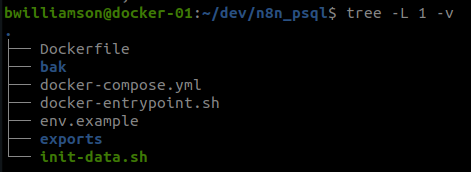
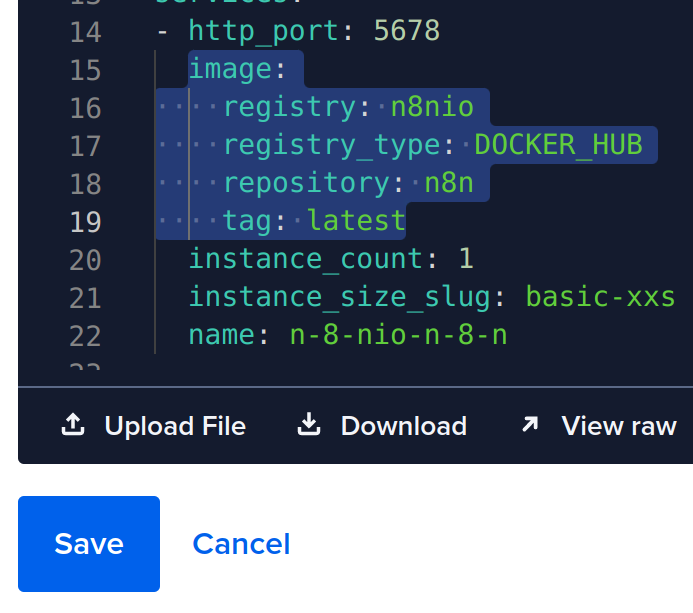
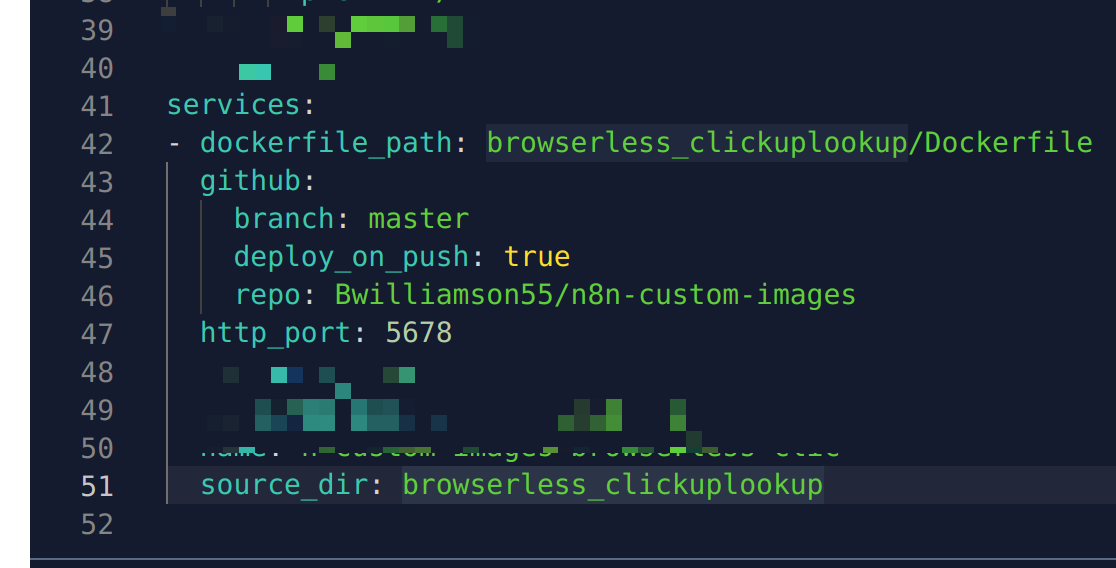
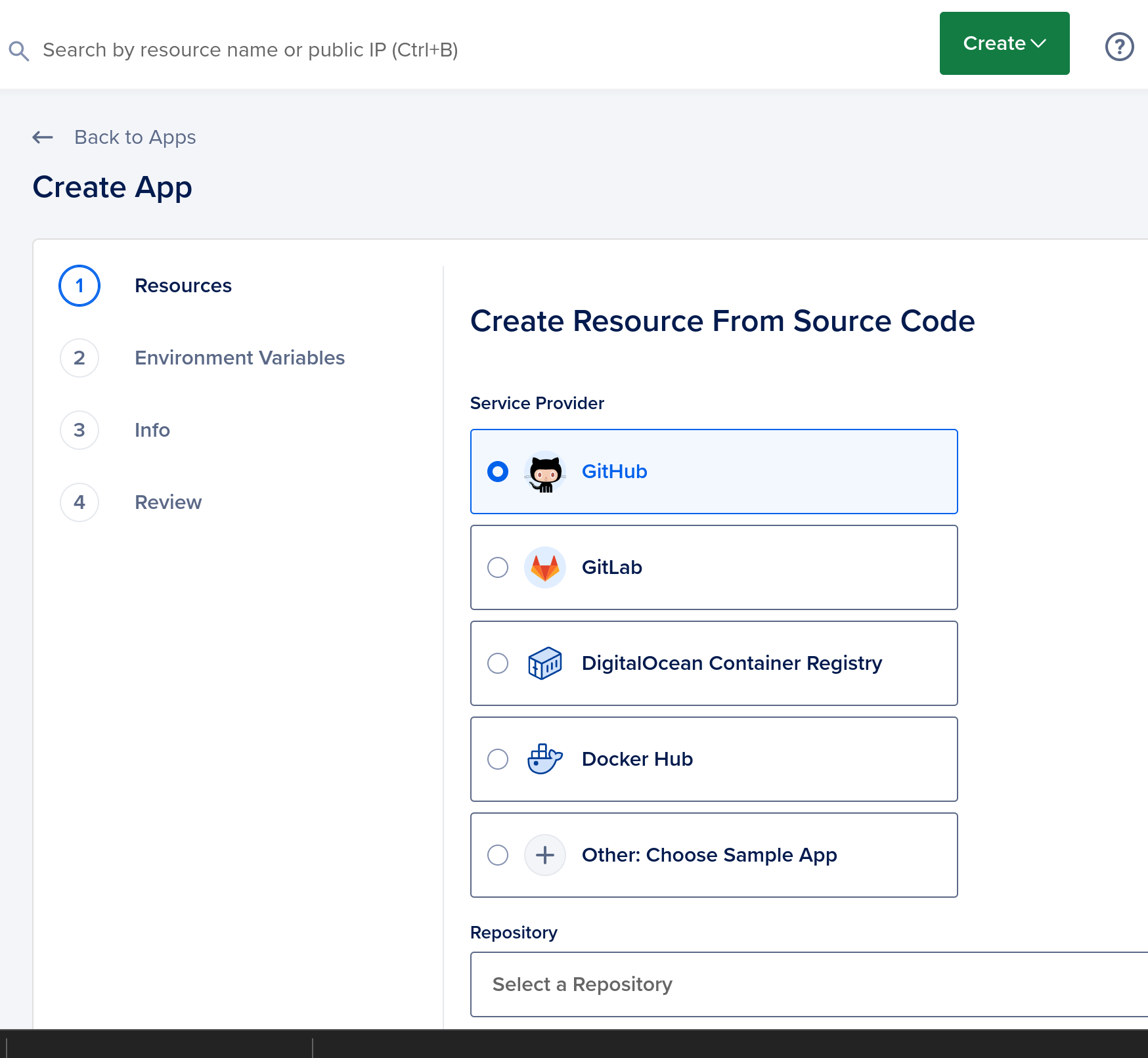
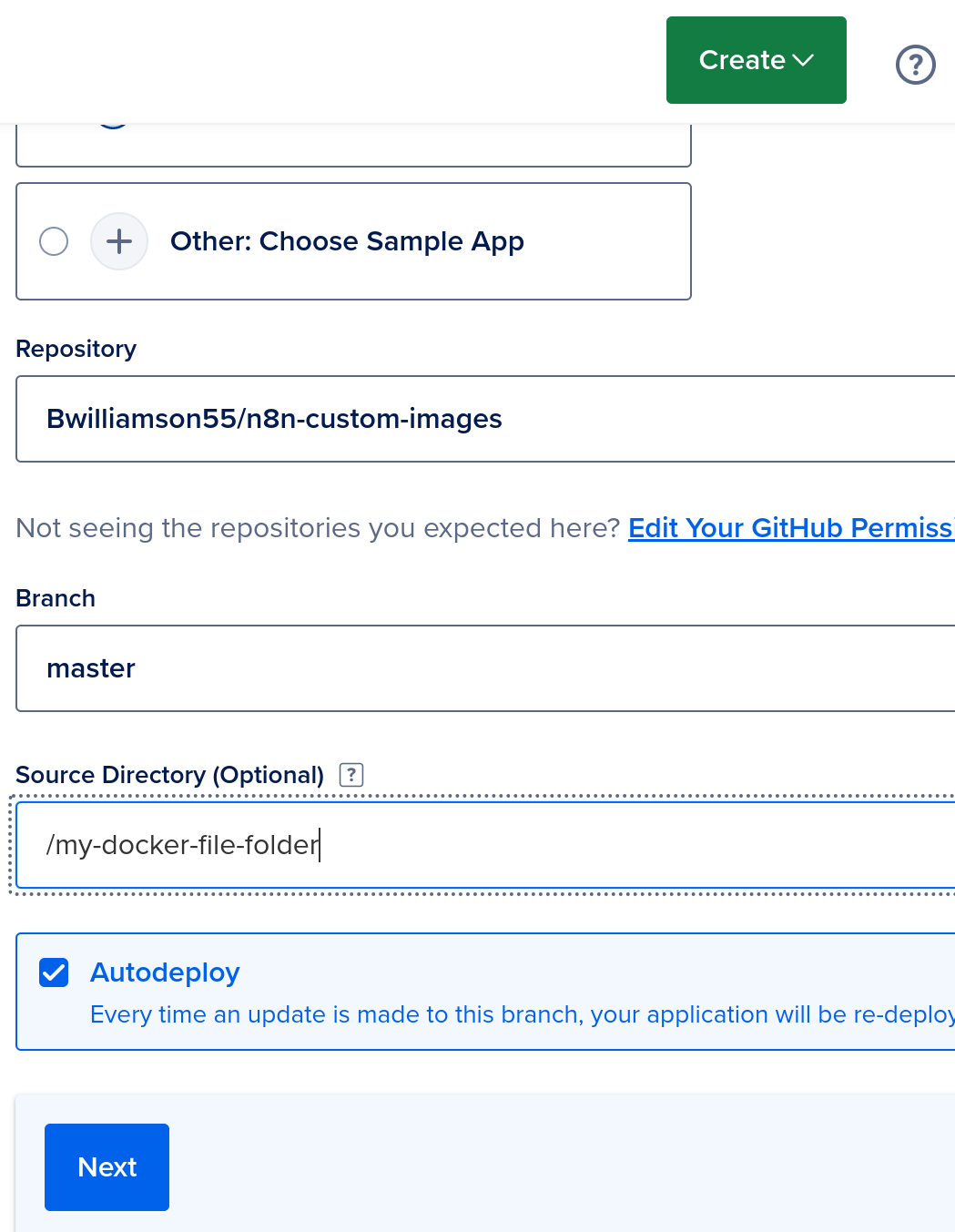

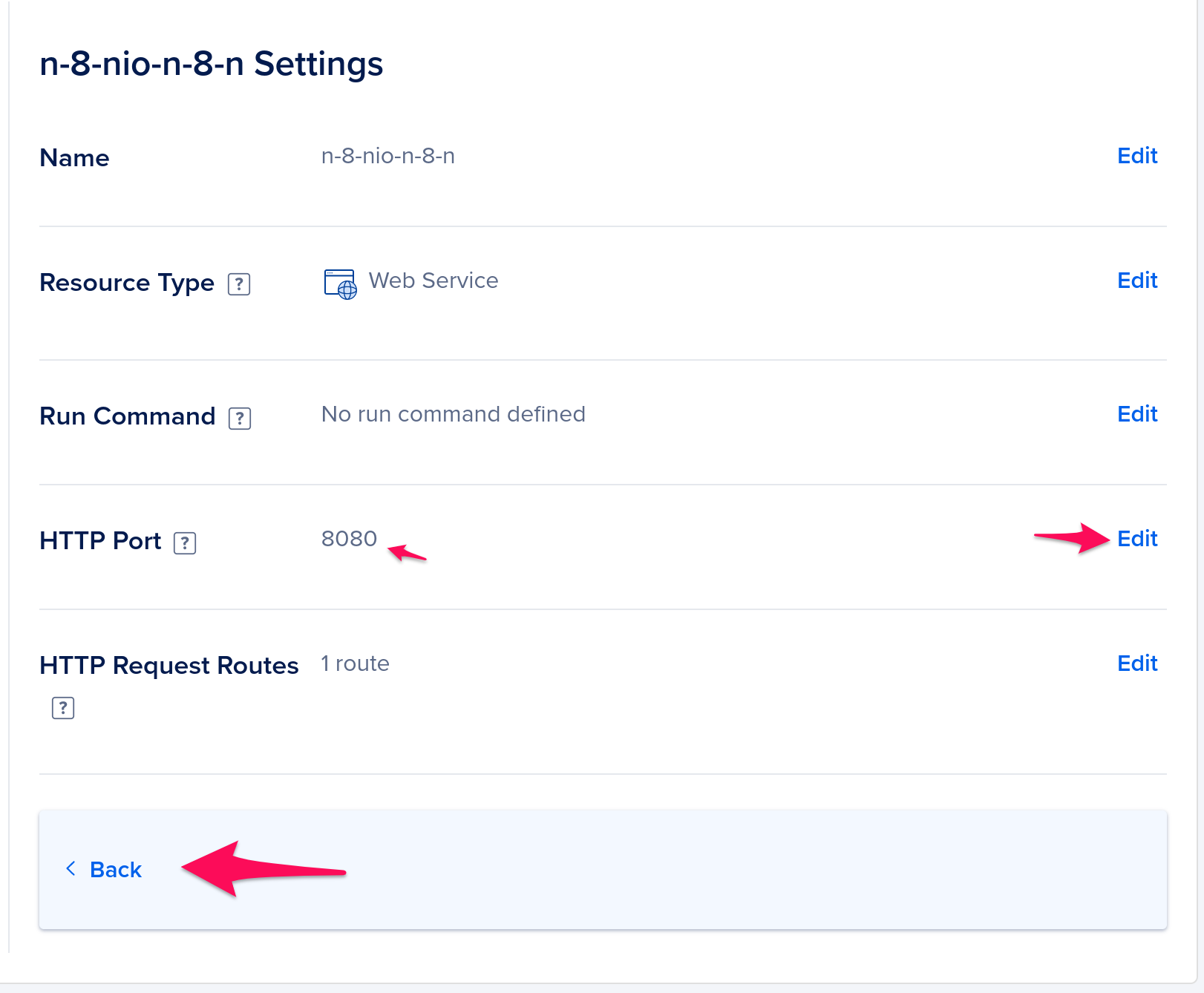
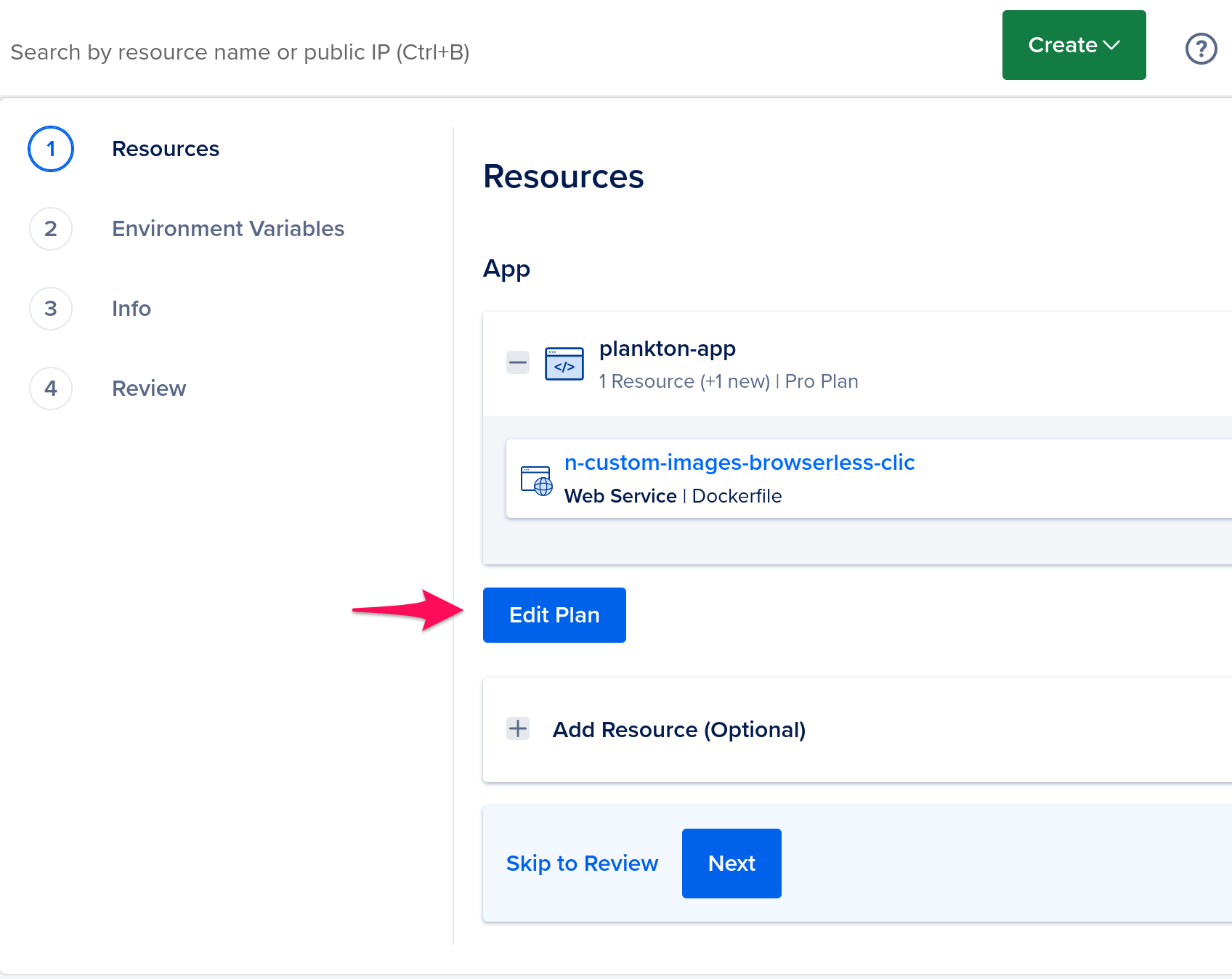
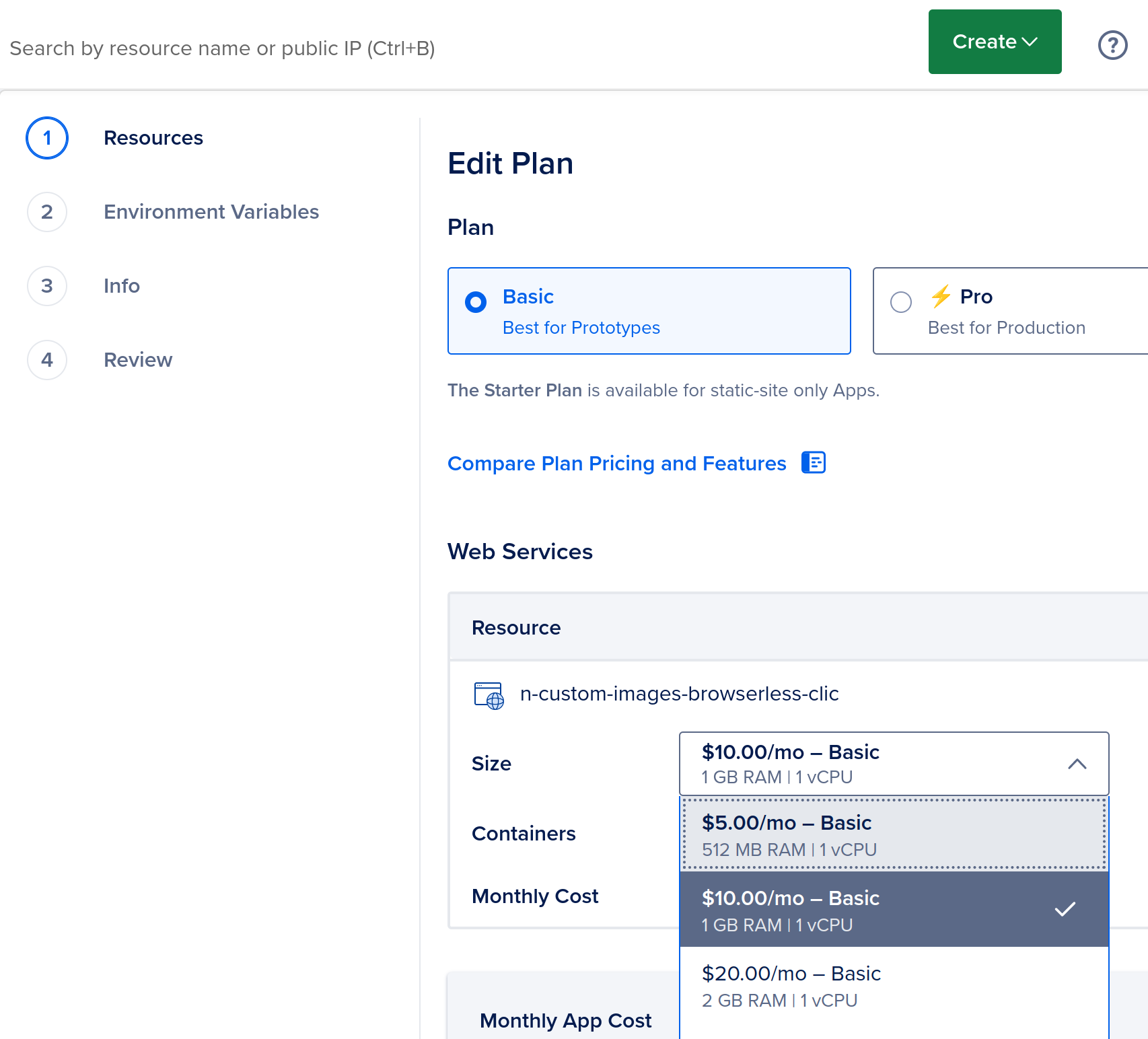
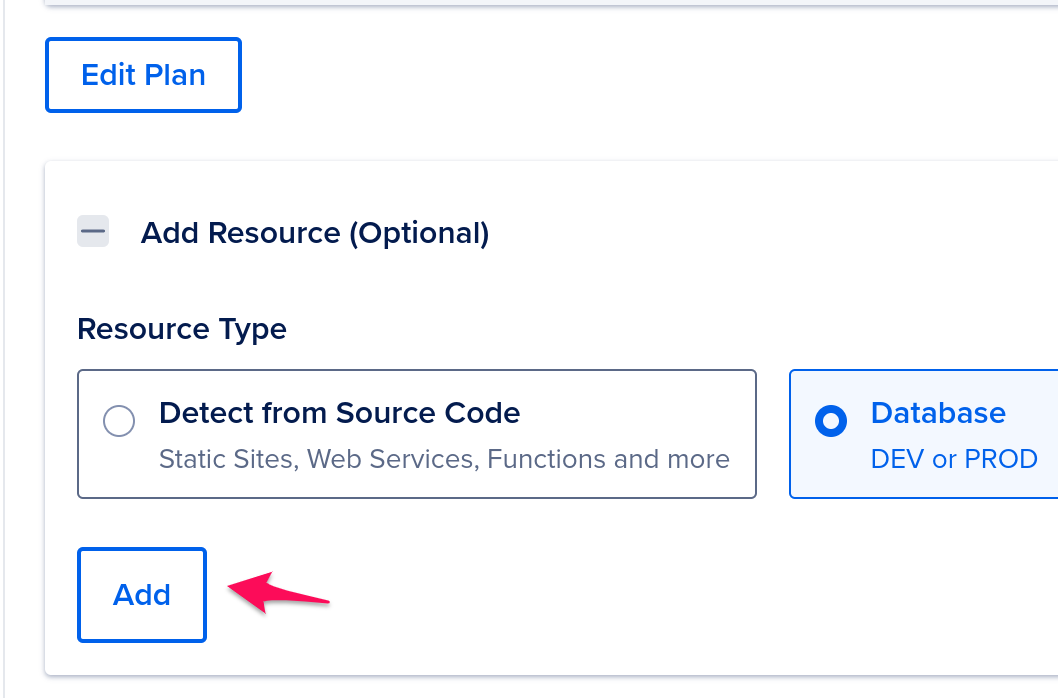
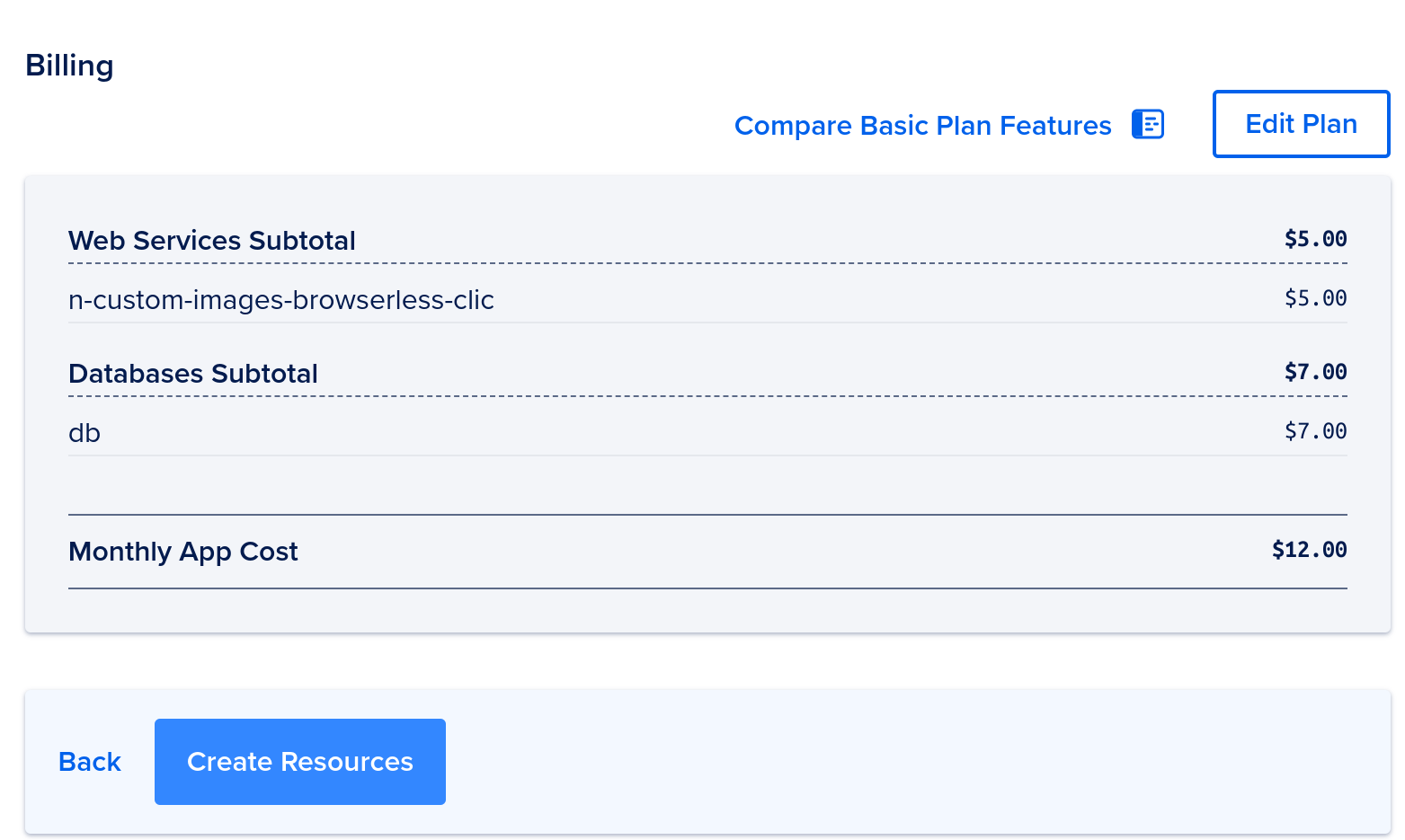

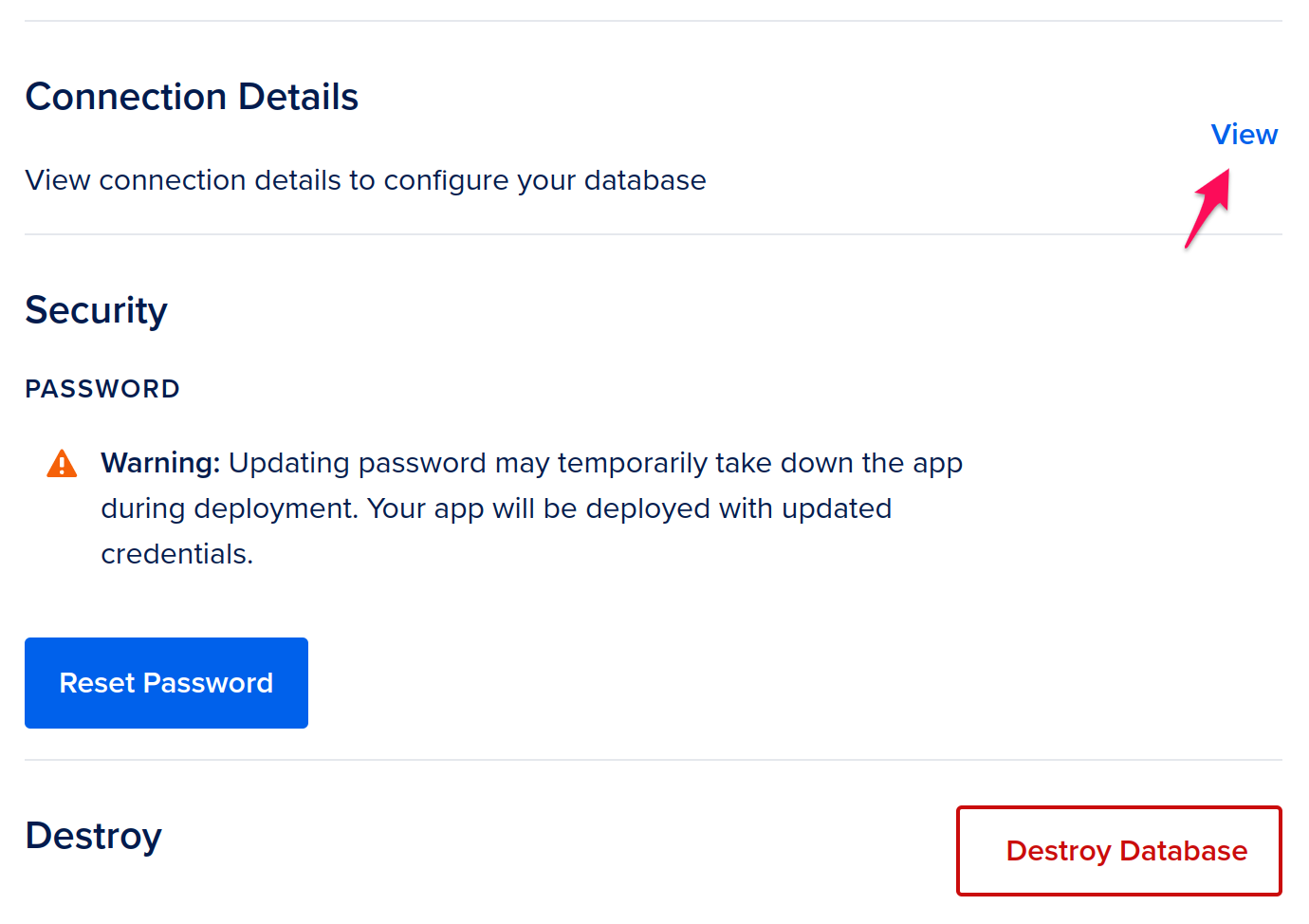
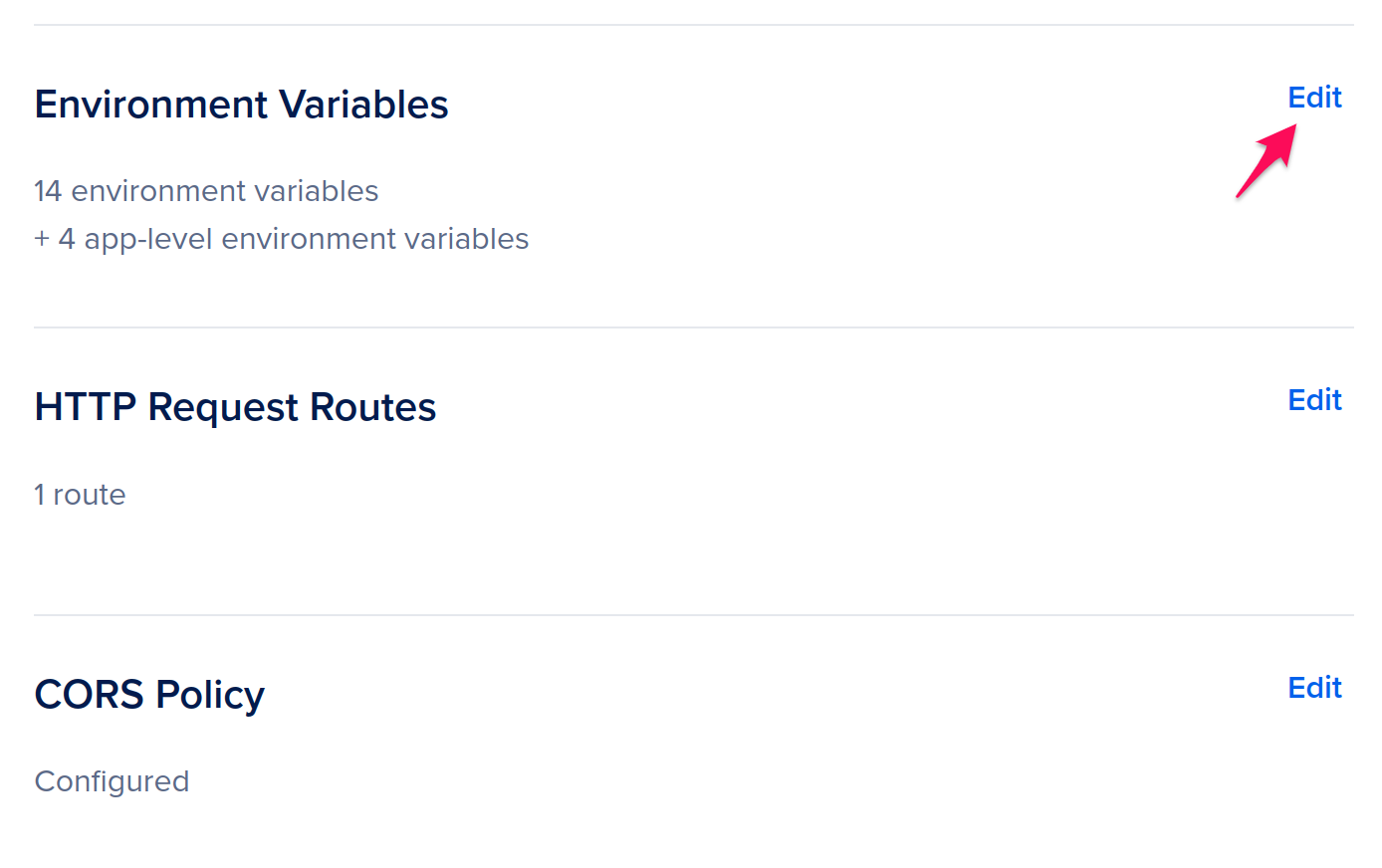

Comments powered by Disqus.